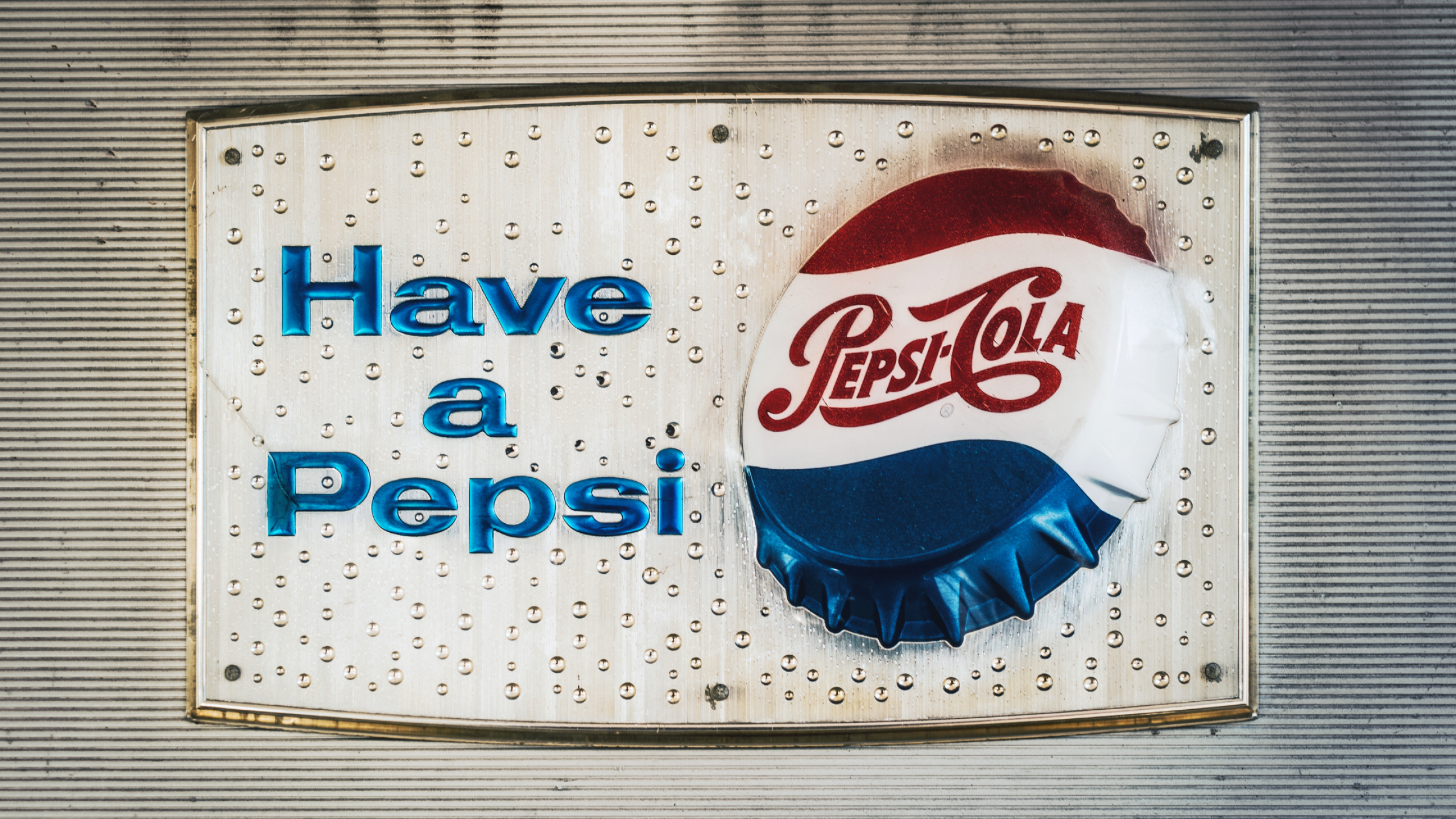When not to invest in your brand
We often harp on about the benefits of investing in branding. That it's never satisfied and a continually evolving organism of the business.
But there are definite instances were investing in your brand or a complete rebrand is not the right move. As a branding agency, that sentiment seems like something we shouldn't be writing about. But here we are.
The wrong reasons to invest in your brand
Because of a fresh face
New people coming into the business trigger change. New ideas, innovative thinking, a fresh pair of eye balls to recognise improvements or inefficiencies. It's likely they'll also pluck strategy from their previous roles and apply it to the business. But this isn't necessarily helpful.
If the business has a strong business model in place and a solid P&L statement, then stick to it. No need to completely rebrand because a new Brand Manager says so. Maintain the brand strategy that is working here and now.
For a shiny new trend
Don't rebrand for the sake of it. It's natural to get brand FOMO and envy over a sleek new logo and trending designs. However a purely visual focus or guttural desire to change your brand isn't enough to justify an update.
A change to your brand should come from an honest, reflective place of meaning - like if the business model or long term strategy is broken; or a competitor infiltrates the market and shifts customer perceptions (more on this below).
Signs that you need some brand love
Needing a rebrand could be a sign that things are going really well and your brand needs to reflect your evolving business; customers or market.
Or it could mean the opposite. That things aren't going well and you're needing to pull the clutch in a desperate move to pivot and maintain relevancy or a last ditch effort to survive.
Your reflection has changed
If your business was to look in the mirror, what would it see?
Is it an authentic representation of your people and core values? Or is there a disconnect between your customer-facing facade and behind the scenes?
Your brand should be an authentic representation of your people and values. Not only for the obvious ethical reasons of singing what you preach, but also because ingenuity smells. Customers can sniff out dishonest or illegitimate brands quick smart.
A shifting business model
As the business expands and evolves, the brands offering adapts. This could be through the addition of new products and services or changing core values.
It's worthwhile to note that this is the most common reason for a rebrand in young business ventures. That branding piece initially takes place before you even push out to market. The entire business and brand strategy is based on assumptions, and stems from the founder or start-up team. That obviously changes once the market is penetrated and could lead to a complete shift in the product, service or values - leading to a rebrand.
For example, Google was originally named BackRub. Can you imagine? Give it a Google Give it a BackRub. Seedy. And that sweet, sweet Pepsi was referred to as Brad's Drink when the sugar-soda brand kicked off in 1983.

Under baking the initial brand
Some start-ups and founders under bake that initial branding piece. We're talking about the entrepreneurs who put together a logo and colour palette, pitched to market and suddenly got traction. The business quickly turns into a healthy wheel that keeps turning, but that initial brand piece needs to be revisited.
Shifting customer values
External factors, motivators and the general state of the world also infiltrate the business and brand space. Ultimately as the world grows, customer perceptions do too.
To put this into context - the increasing need for locally produced, vegan products is a current external motivator leading to brand pivots left, right and centre.
Since their conception in 2003, Nak Haircare have consistently stood by their mission to produce natural, vegan haircare products that are carefully selected and approved for safe use. However their OG branding didn't necessarily 'call out' this fact. Nak rebranded a few years back and now are pretty upfront about their approach to safe ingredients.
.avif)
The brand is tired (yawn)
20 years deep with a logo and the brand feels like a stale piece of bread?
Sometimes the core business model hasn't changed, but the brand is simply outdated. This could be the superficial stuff like the brand logo, colour schemes and website experience. But it also reaches into the way a brand communicates and messages to their audience or their internal team culture. Does the brand no long represent them?
A competitor shakes things up
Things could be cruise-y. Then a competitor infilrates the market and thrusts the need for change upon you. Your position might not have changed, but the market perceptions of your offering have shifted off the back of fresh competition.
The Qantas rebrand is a prime example of this. Virgin's step into the aviation industry positioned them as the new, strong, shiny player on the field. It made Qantas (a previously premium, leading provider) feel outdated. Qantas quickly pivoted their branding to keep up with Virgin's position. This covered more than just the logo, website and visual assets. It also saw them refitting planes and updating their uniforms. Every touchpoint their customers had with the brand was an opportunity to stamp their premium mark.
Without Virgin, Qantas would've maintained their premium position in the market and it's highly likely a rebrand wouldn't have come about at that time.
.gif)
Things are tough
Sometimes the rebrand is a last effort ditch to pull the hand break and patch up a floundering business. The P&L isn't looking too hot and a shot in the arm is required to boost brand perception.
You can't simply start charging higher prices to balance out that P&L. The brand needs to reflect a premium feel to justify this shift.
Smokey Moo is a popular Brissy smoke house located in the heart of wining and dining life at Gasworks, Newstead. But prior to this, the restaurant was a takeaway joint working out of a small space, off a busy main road and petrol station. Their pricing changed drastically between the two venues (for obvious reasons). But this increase wouldn't of been possible without that change and revamp of their environmental branding.
Please note: Smokey Moo is awesome and we aren't saying a rubbish P&L was responsible for their move.
Merger
An obvious one, but a merger demands a rebrand (whether it's two companies merging or six). Different business plans, values and services/products are joining to expand a company's reach and growth into new segments (or market share). It's a no brainer that you need to start from the foundations and build back up the businesses into one consistent brand experience.
This isn't simply for appearances sake through the visual identity. It's equally as important for the internal team - to clearly articulate the business's mission and purpose.
The wrap up
Be conscious of your decision to rebrand. It should come from a legitimate need to pivot due to change in the business, the industry/market or the customer.
What needs to be changed? An update to your brand doesn't necessarily mean a complete overhaul. It could leave the brand mark & colour palette, but focus on image treatment. It mightn't touch the visual identity at all and hone in on brand messaging & content pillars.
